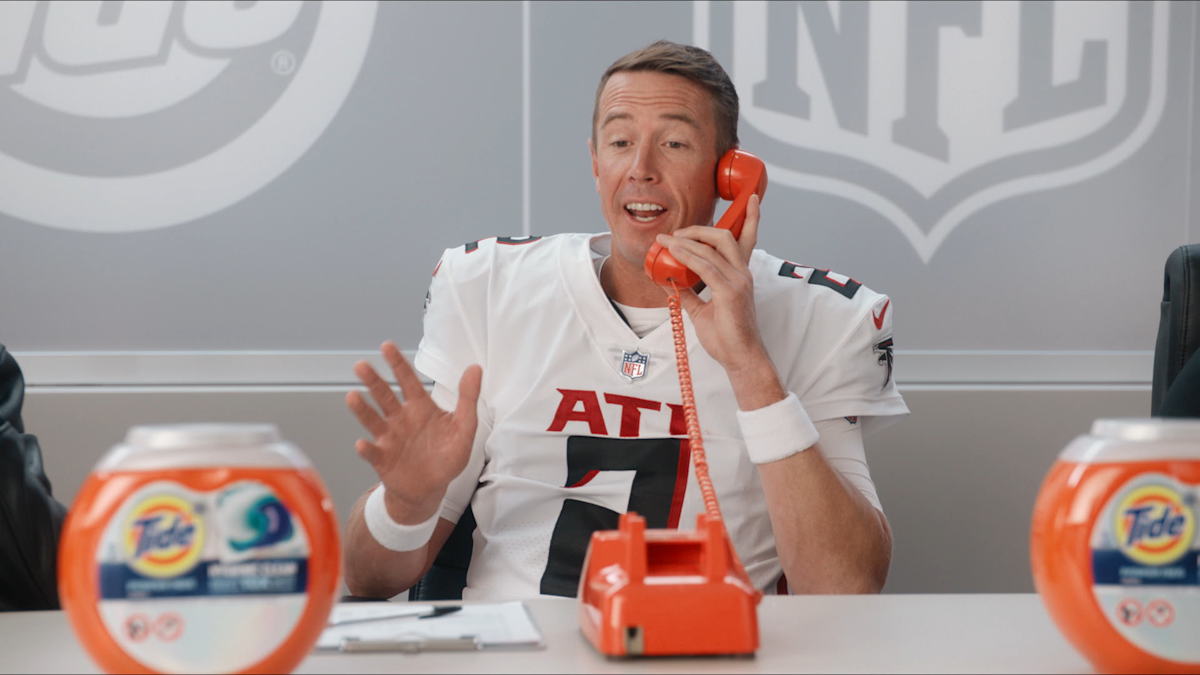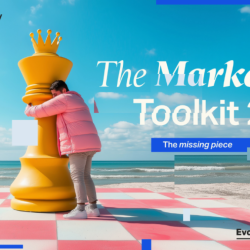Now that the dust has settled on Earth Day 2022, we can clearly see which brands stole the headlines with ‘innovative’ programmes rolled out in the name of sustainability while others fell flat.
YouTube’s ‘Non-Fungible Planet’ scheme (below) capitalised on the recent NFT craze. Allbirds used wordplay to great effect with its ‘Keep The Amazon Prime’ initiative. Uber curried favour by lowering the prices of its Green rides.
But just because Earth Day is in the rearview mirror doesn’t mean that businesses can lose sight of its significance. Sustainability isn’t a reputation-enhancing concept that can be traipsed out once every 12 months.
Brands are under increased pressure to adopt sustainable practices. But there is no clear-cut solution to placate consumers’ cries for change. Businesses that become more vocal on sustainability face accusations of not going far enough — or have their motives called into question.
It feels now as if brands must choose whether they want to shout about their green achievements from the highest mountain, or take a low emission flight under the radar. And all the while, the climate change clock continues to tick.
So how can brands navigate this tightrope?
Keep your eyes on the prize
Marketers find themselves split. One part of them wants to create a sizzling piece of exciting collateral – the other wants to wait until their ‘house is in order’ and leave sustainability to the supply chain people..
Effective marketing campaigns need to find a balance between the two.
Portraying sustainability as an exciting issue topic is a challenge. But it is an effective way to galvanise consumers into action. This foundation encourages participation and keeps the message focused on what the audience can do to make a difference.
High-profile brands are already experimenting with ways to help people participate more actively in sustainability ideas:
- Starbucks: the brand’s recent reusable cup scheme is part of its pledge to half its waste by 2030 – the programme incentivises customers to return their cups once finished, marketing a shift away from single-use plastics.
- Google: adding data sources to the moments and platforms that help shift perceptions. Most recently the addition of CO2 comparison data to all flights, and the addition of a ‘Timelapse’ feature to Google Earth that allows people to see climate change unrolling before their eyes.
The IPCC’s latest report marked a step-change in rhetoric from the UN organisation. The organisation has historically put most of their focus on driving changes at the supply-side (energy mix, transport, sourcing etc). But this time round the report was clear to say that it’s time for the ‘demand-side’ to catch up. “There is a huge potential for reducing emissions on the demand side… through changes in behaviour” said Ramón Pichs-Madruga, Vice Chair of the IPCC working group. In other words – it’s the job of brands not just to tidy their house, but to drive consumer adoption of more sustainable behaviours.
This should be a wake-up call for brands. Many used last year’s COP26 summit as a chance to discuss the climate crisis without actually committing to meaningful change through vague value statements or distant promises, like BA’s ‘Better World’ campaign. In my view, it’s time to expand Greenwashing’s definition to include businesses that focus on long-term goals as opposed to immediate action.
‘Net zero’ pledges have become a ‘Get Out Of Jail Free’ card for brands. This must stop.
The mounting consumer pressure is real. And it will only grow as the impact of climate change begins to bite in earnest.
Sustainability comms need to have sustainability action. There is no room for compromise. And marketing strategies are key to achieving this.
Looking through the creative lens
Paying lip service to sustainability does more harm than good. Brands which opt for a trend-led approach will find themselves out in the cold when the trend loses traction.
Marketing’s role in driving Sustainability needs to be substantial and holistic- combining ambitious corporate targets with visible transformation and active behaviour change. It is not a tactical success lever to pull when Earth Day comes along — it’s a re-engineering of the value that you create for customers. And when it is done properly, it’s a triple win: a stronger brand, a protected planet and business model that will last.
P&G’s ‘Turn to Cold’ campaign — in partnership with the NFL — demonstrates all three in action. The programme’s aim is to have 16 billion loads of washing run with cold water per annum. This will reduce greenhouse emissions by over five million metric tonnes — whilst also saving the average consumer up to $150 every year.
This marketing initiative struck gold. But P&G isn’t alone in leveraging creativity to promote sustainability.
LEGO
LEGO’s ‘green instructions’ provide consumers the chance to transform their old sets into new, sustainable products. This includes rebuilding cars and coal mines — hardly the most eco-friendly toys – into bicycles and wind turbines.
Dole
Dole partnered with Ananas Anam to combat a long-standing internal supply chain challenge — namely, the excess pineapple leaves which are wasted during the harvesting process. The solution came in the form of Piñatex, a new form of sustainable leather that has become a dominant material in the fashion industry.
BBDO Guerrero
Plastic packaging has been a long-standing issue in the FMCG sector. One solution was to market ‘The Dissolving Bottle’ — a sustainable alternative to traditional shampoo packaging. The agency’s decision to use a classic bar of soap and simply repurpose the design was a unique angle that played well with consumers.
Ultimately, brands need to see creativity as an asset waiting to be utilised. These types of creative campaigns showcase the power of innovation and the creative licence across mediums. Marketers don’t need to compromise on style for the sake of substance — there is plenty of room for both.
No time like the present
Before long, Earth Day 2023 will be upon us — and there will undoubtedly be waves of brands emerging from the woodwork, net zero pledges in hand. This mindset no longer cuts it. Getting consumers engaged with sustainability means making it a part of everyday life.
Brands looking to send actionable, positive messages to consumers need to set their commercial commitment to sustainability in stone. Working towards a greener future shouldn’t be seen simply as a stepping stone to greater revenue. It needs to be prioritised as a corporate target of equal importance — as only then will it be taken seriously enough to drive the kind of innovative change that’s truly required.































